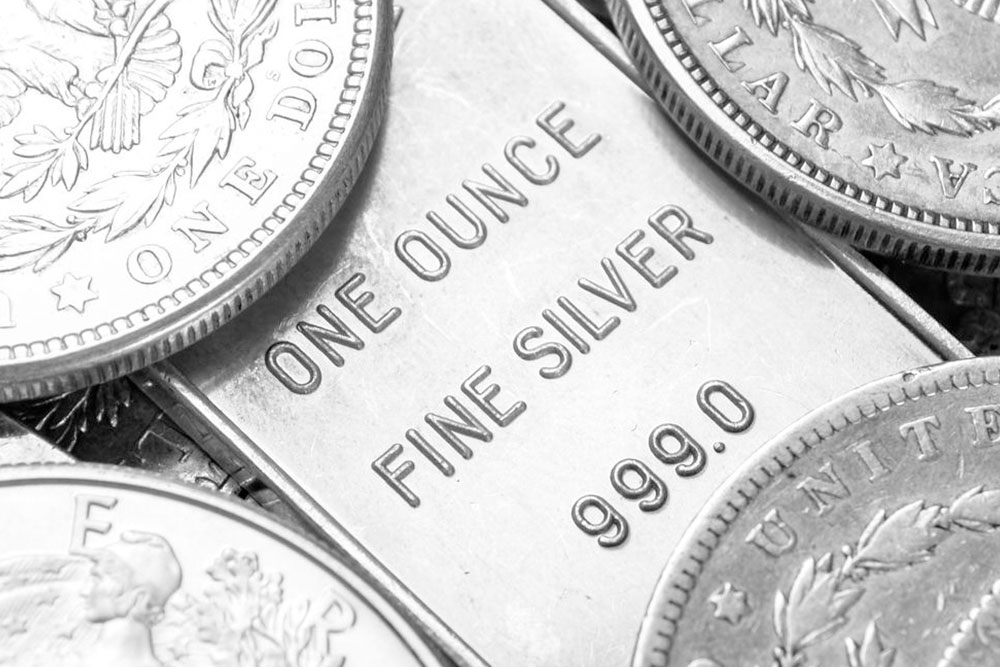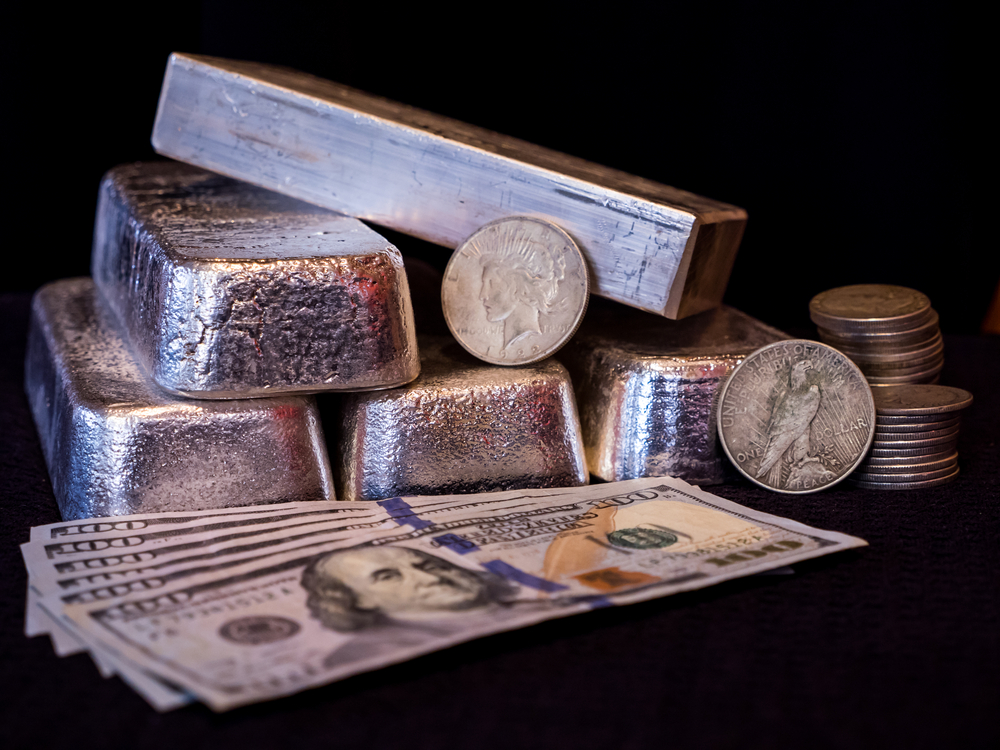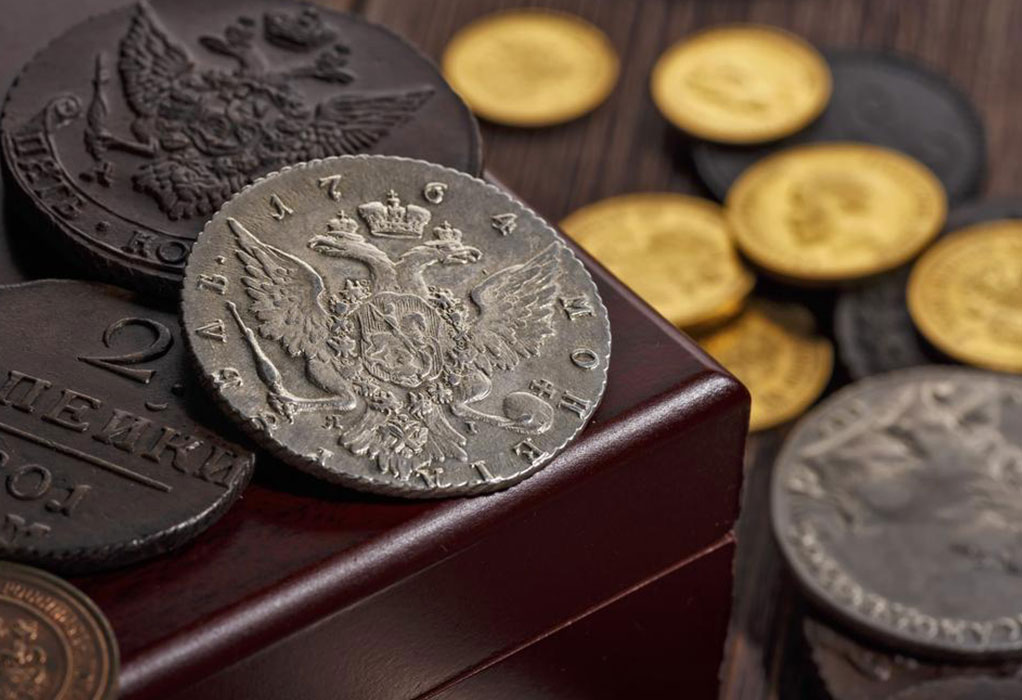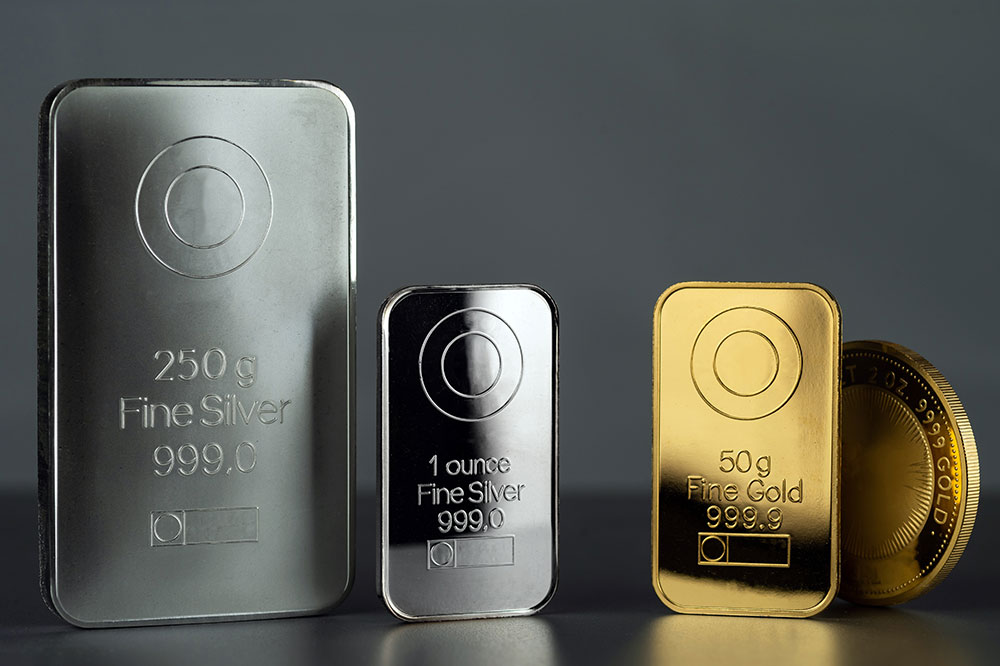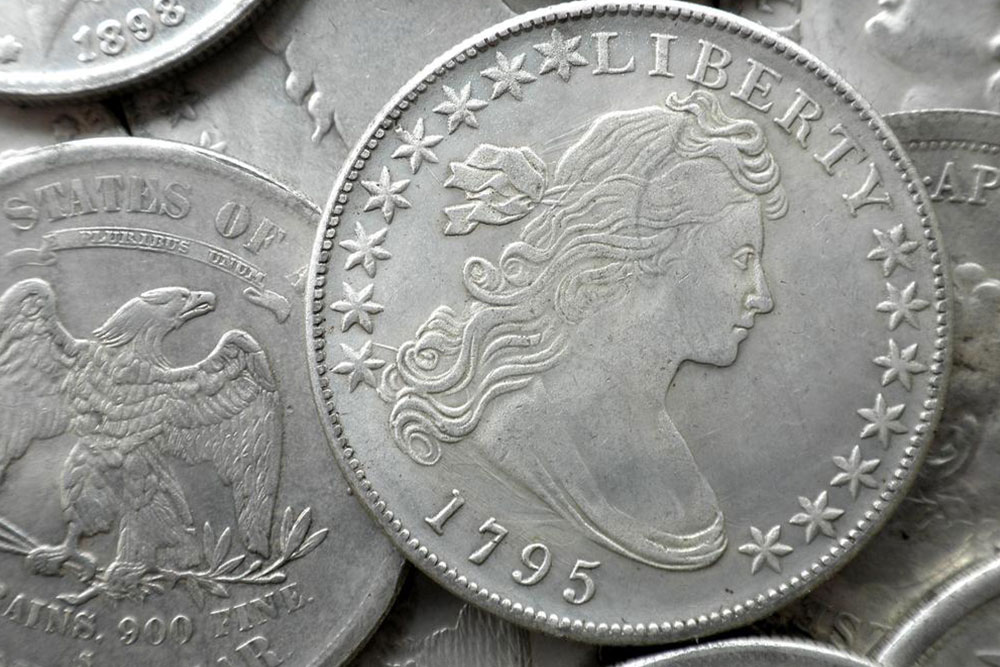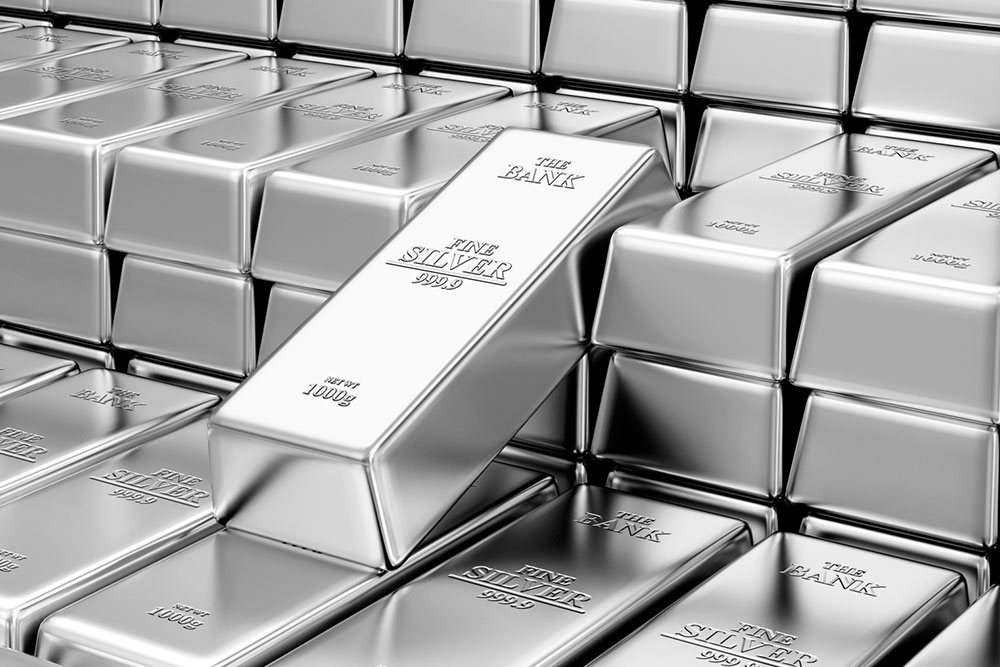Essential Insights into Silver Investment Bars
Discover key facts about silver bars, including manufacturing processes, types of coins, investment benefits, and market considerations. Ideal for those seeking to diversify their portfolio with silver bullion, this guide highlights how silver maintains value during economic instability and offers practical insights into buying and selling silver assets effectively.
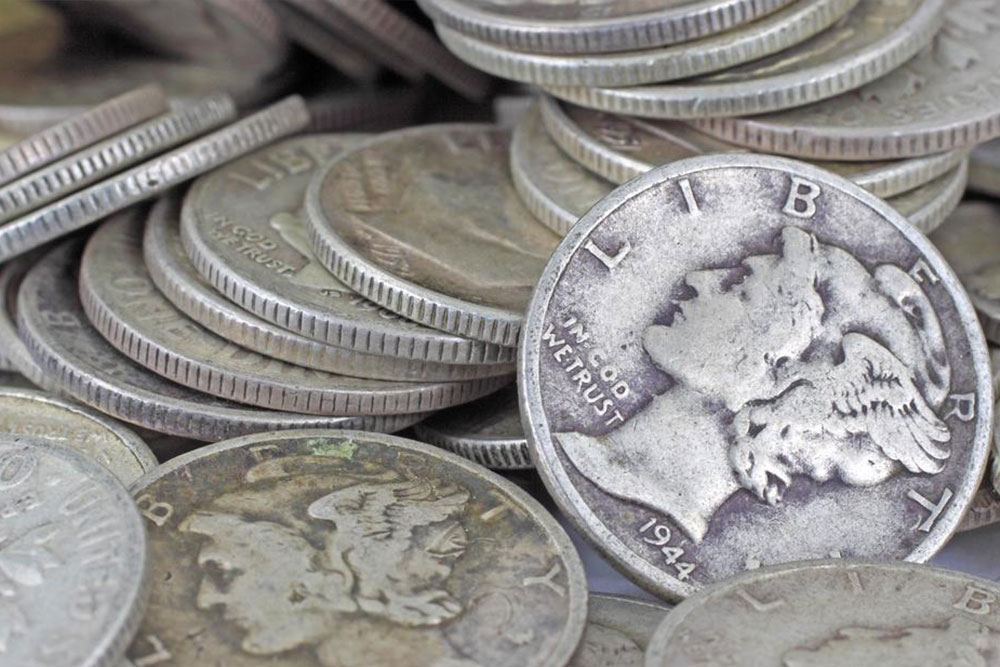
Essential Insights into Silver Investment Bars
Silver investment bars include coins, ingots, rounds, and bars crafted from silver. The most prevalent form for investors, however, remains silver coins. Adding bullion—be it gold or silver—to your portfolio is widely regarded as a solid strategy. Precious metals tend to hold their value even during economic downturns, providing stability. Their worth generally appreciates over time and maintains high liquidity. Bear in mind, though, that the daily price of silver fluctuates. Silver bullion can be purchased through banks, coin dealers, brokerage firms, and precious metal outlets.
The value of silver bullion hinges on its purity and melt value—the amount obtained when melted down and sold. Typically, silver bullion purity is rated at 99.9% worldwide. Here are four key facts about silver bullion:
Manufacturing silver bullion involves heating silver above 2192°F until it liquefies, then pouring it into molds for bars, coins, or ingots. These shapes are stamped with details such as purity and weight.
Two main types of silver bullion coins are produced by the U.S. Mint: special proof coins for collectors, offered in protective cases, and uncirculated coins mainly for investors, sold through authorized channels.
Investors often choose silver bullion as a hedge against financial instability. It serves as a safeguard amid currency fluctuations, especially if the value of the dollar declines significantly.
Bars and rounds tend to be the most cost-effective forms of silver bullion. Coins, by virtue of their manageable size and lower price point, offer flexibility for buying and selling. For instance, a 100-ounce silver bar contains a larger volume and might be less versatile than smaller 1-ounce coins, which enable easier transactions.

